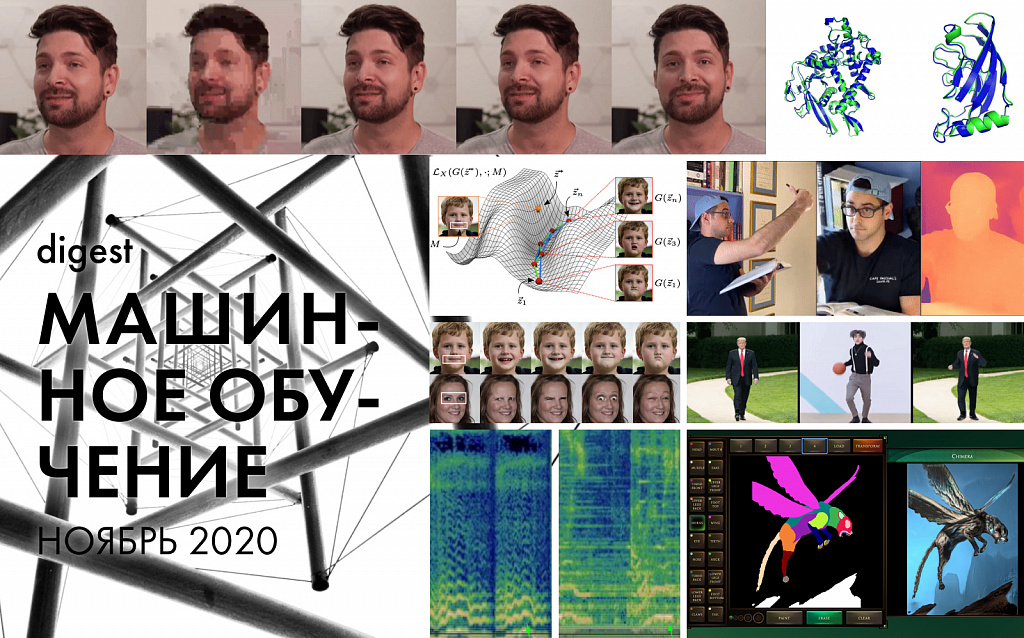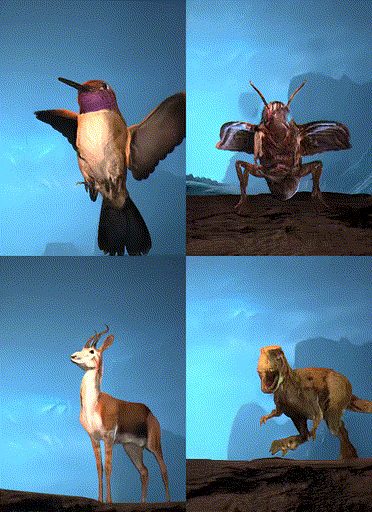
AlphaFold by DeepMind
The main news of the past month is that the full release of the AlphaFold open model has taken place. In the spring, we talked about how DeepMind trained a model to predict protein structure based on a set of amino acids, but the data on the quality of the results were still unconfirmed.
The results were very impressive the average accuracy score for the global distance test is 87 GDT. Before that, the indicator did not exceed 45 GDT, that is, the model gives a 100% increase in accuracy. Scientists no longer need to spend a lot of time on real chemical experiments.
What does this all mean, and why is it important? Every cell of any living organism contains proteins that are responsible for all biological processes. Protein has a complex three-dimensional shape that determines its purpose and how it works. Today, scientists know about the existence of 200 million types of proteins, but very little information about their structure. The disentangled protein is a string of beads like a string of amino acids. The interaction of acids folds the protein into a unique shape.
Since the 1950s, scientists have tried to predict the shape of a protein based on the set of amino acids it contains. AlfaFold will now allow research to be carried out faster, and will spur new discoveries in areas ranging from fighting disease to decaying plastic waste and reducing atmospheric carbon.
Next, we will traditionally consider tools based on machine learning algorithms that have appeared over the past month.
NeRF models

Two interesting algorithms appeared at once, based on the Neural Radiance Fields method .
Facebook , . . , . , .
Google , — nerfie, , . .
Deepfake-

, . , , .

Nvidia Maxine, . Face-vid2vid, . . , .

Impersonator++ — . . .
- . . Intel , , , . — 97.27%, .

Facebook , . , , .
image-to-image , . , . , , .

, . , . -, .

himera Painter
Google GAN-, GauGAN Nvidia. . - , .
Objectron Mediapipe
Mediapipe . , , .
Hum to search
, , , , . Google , . .
, !